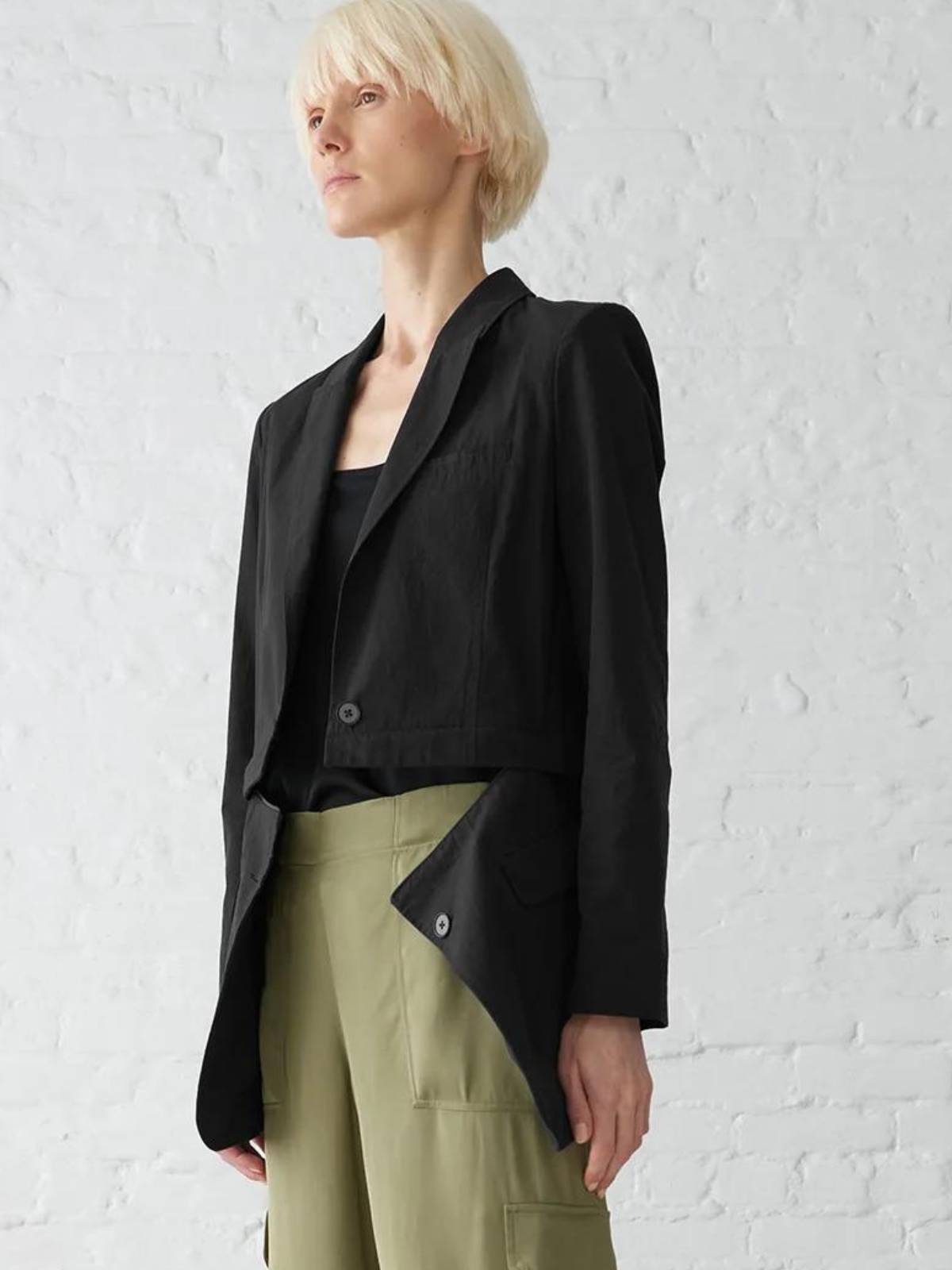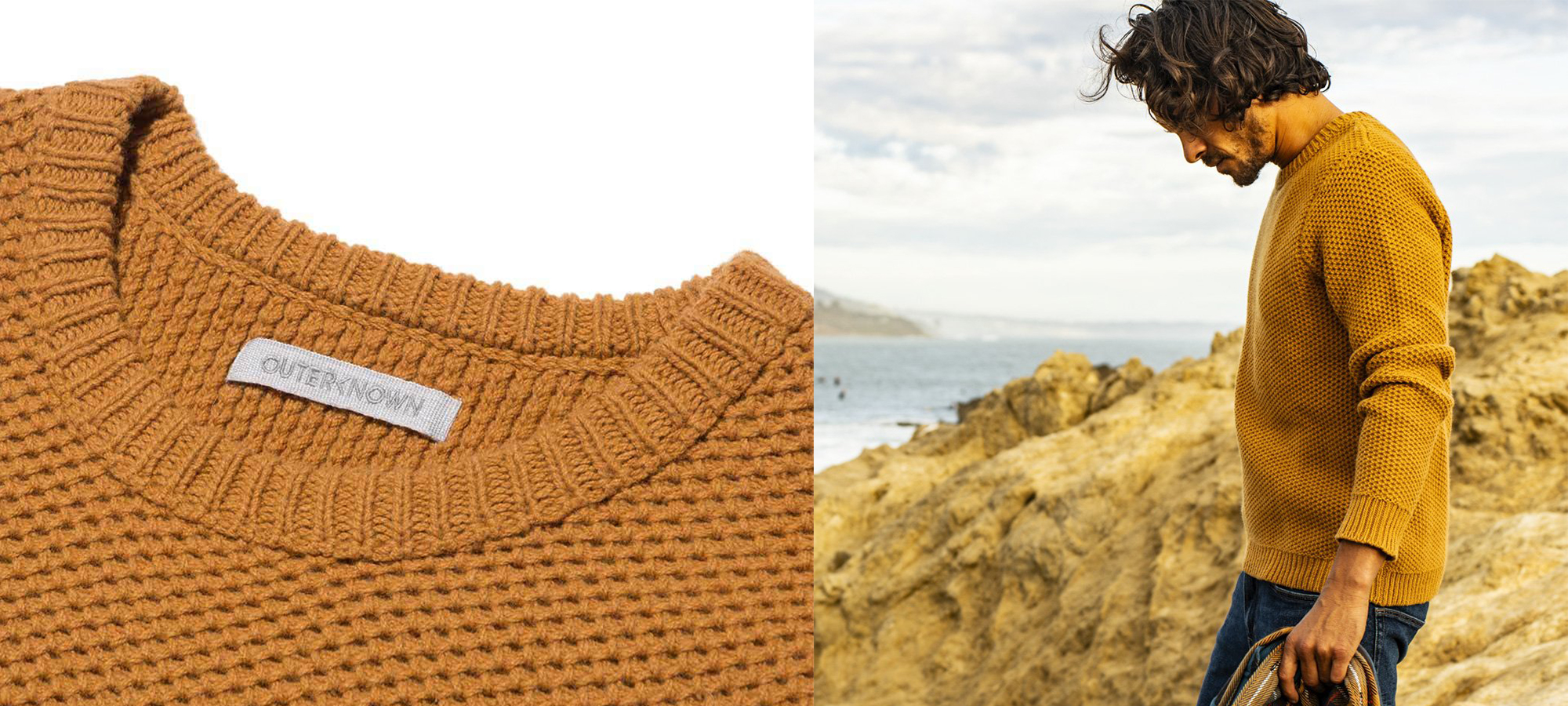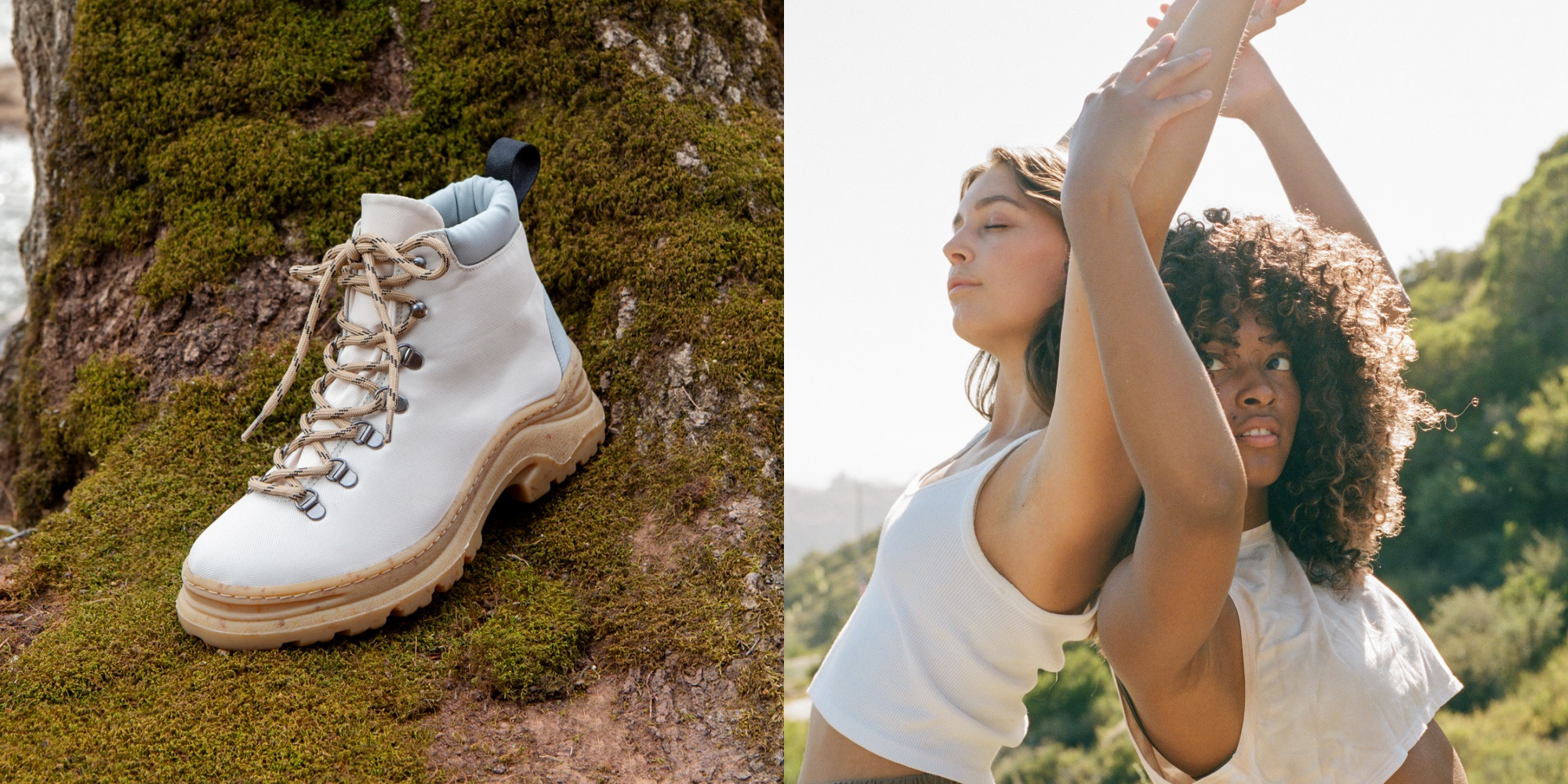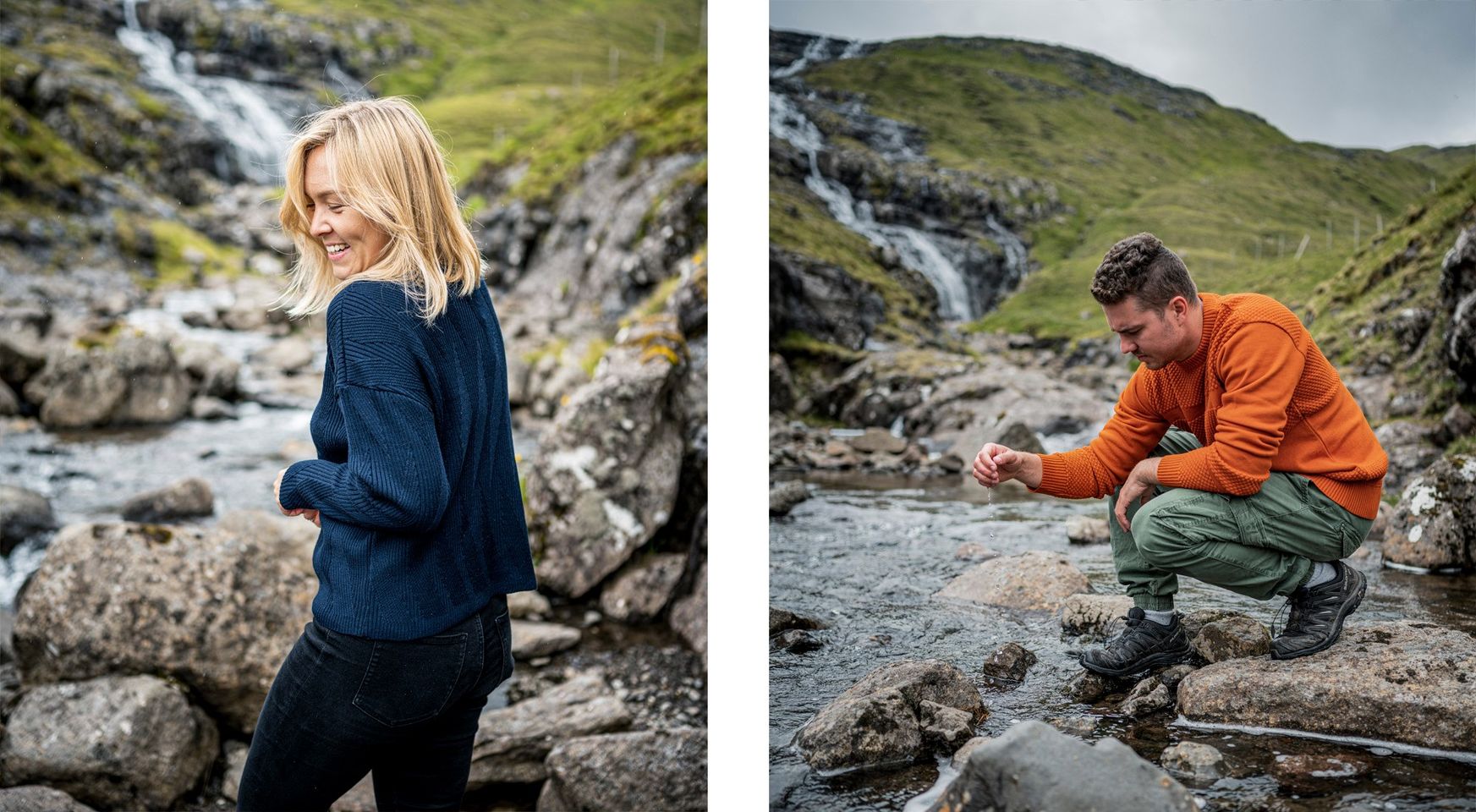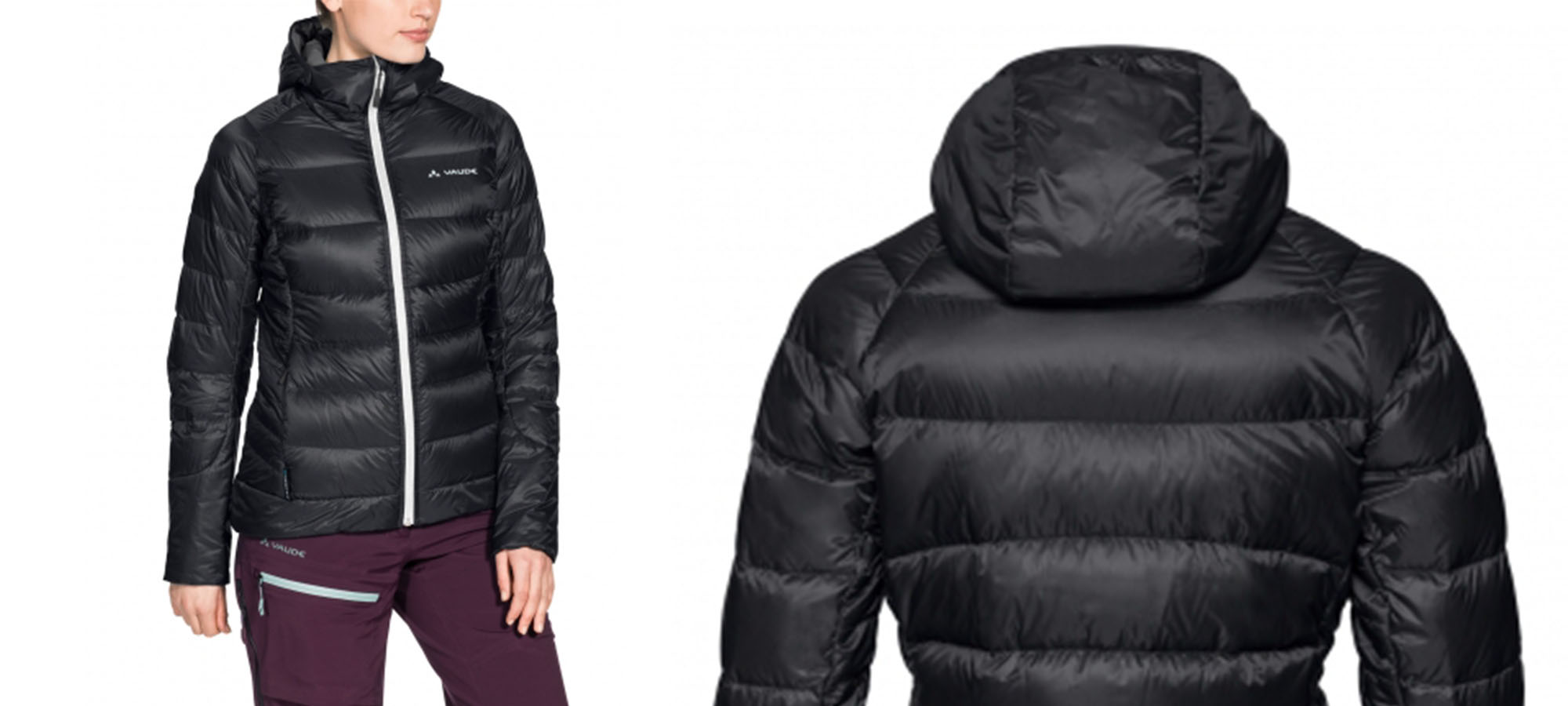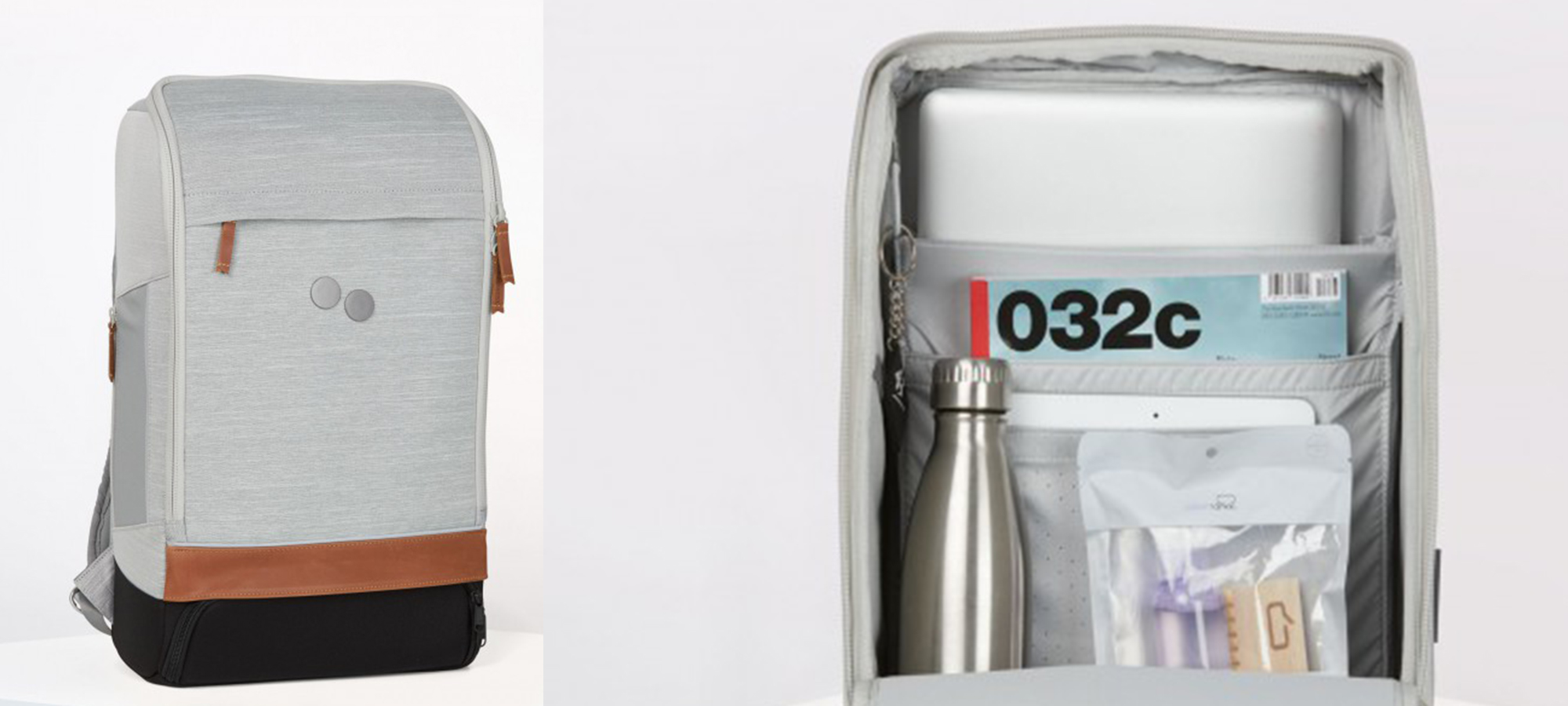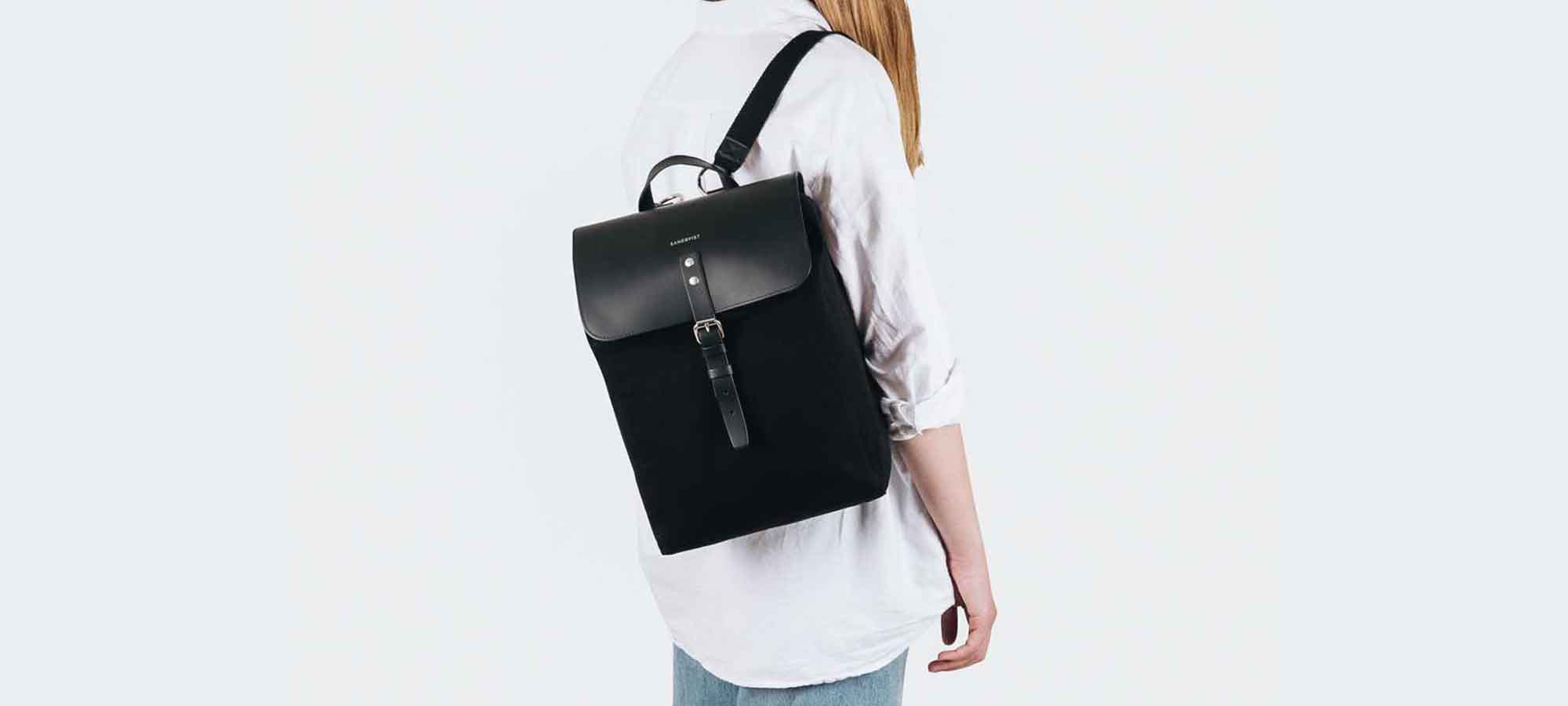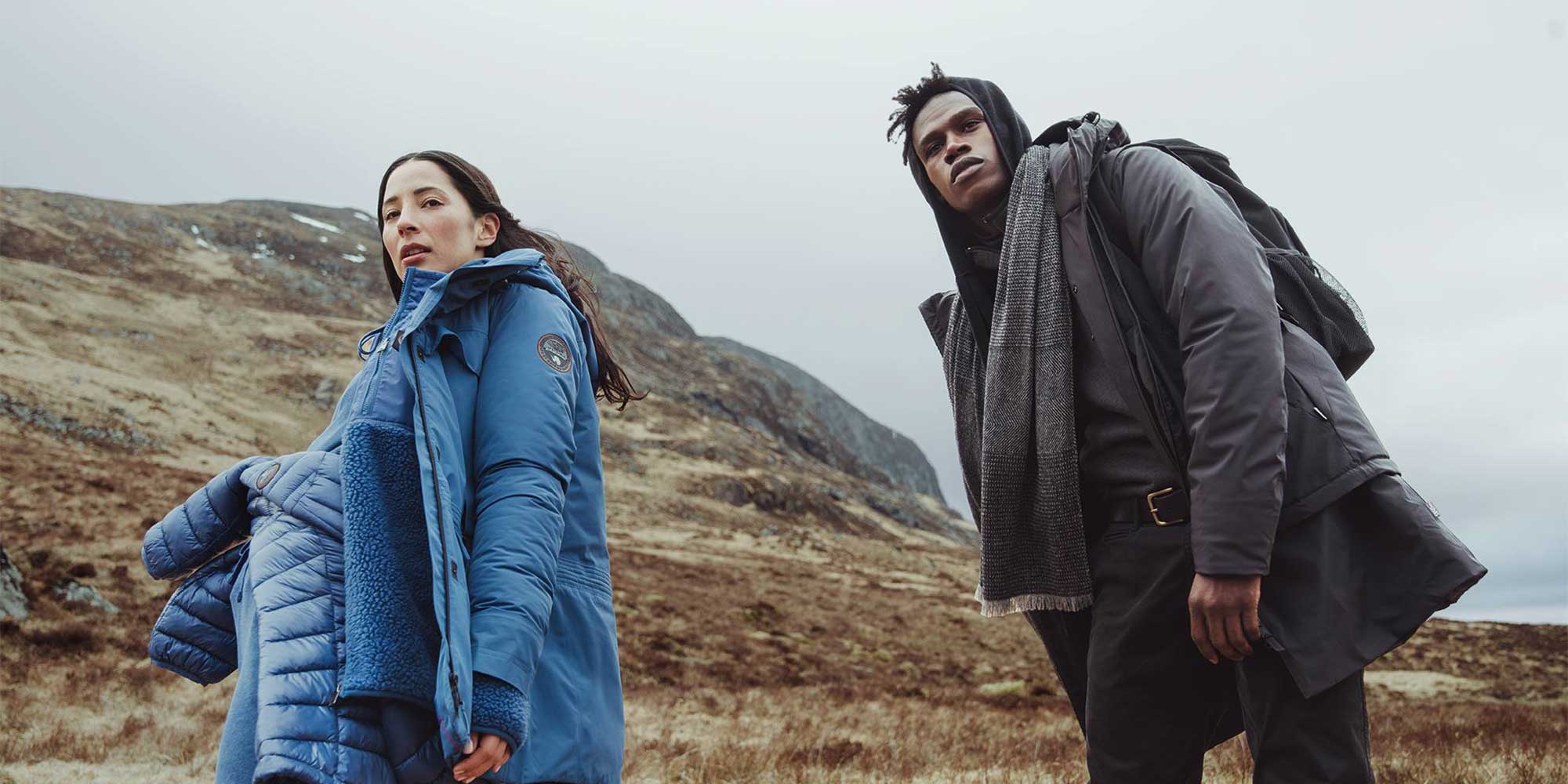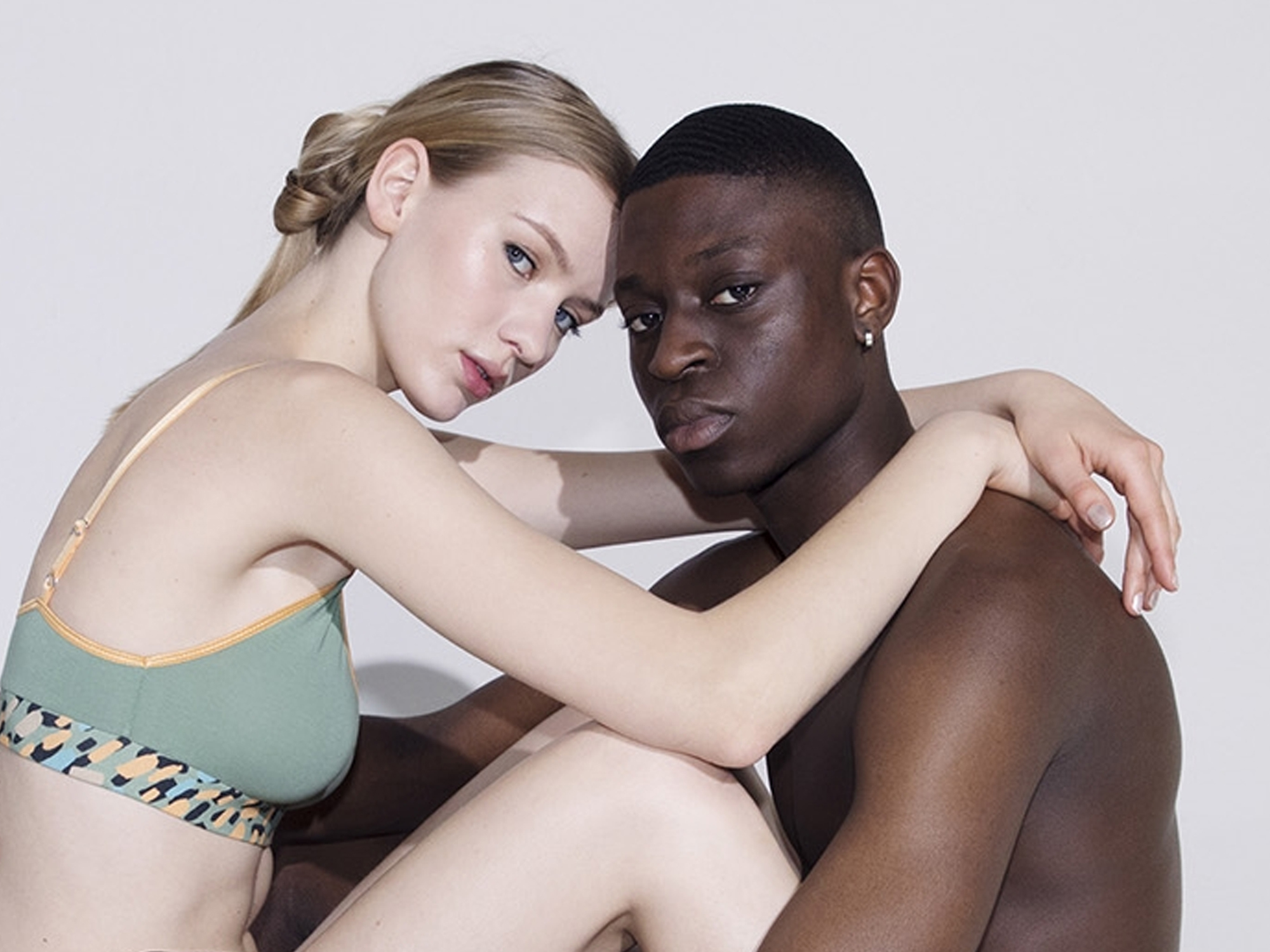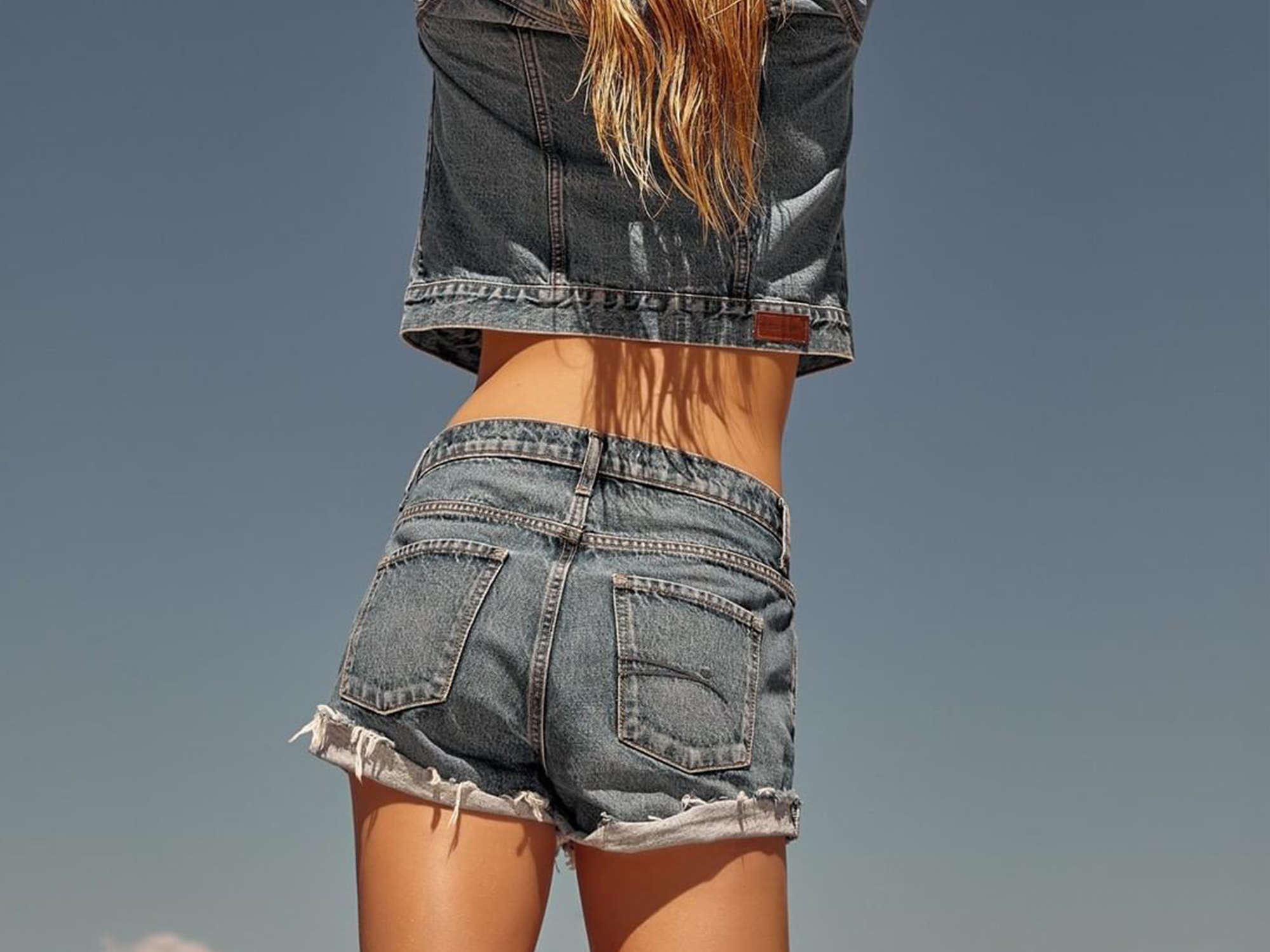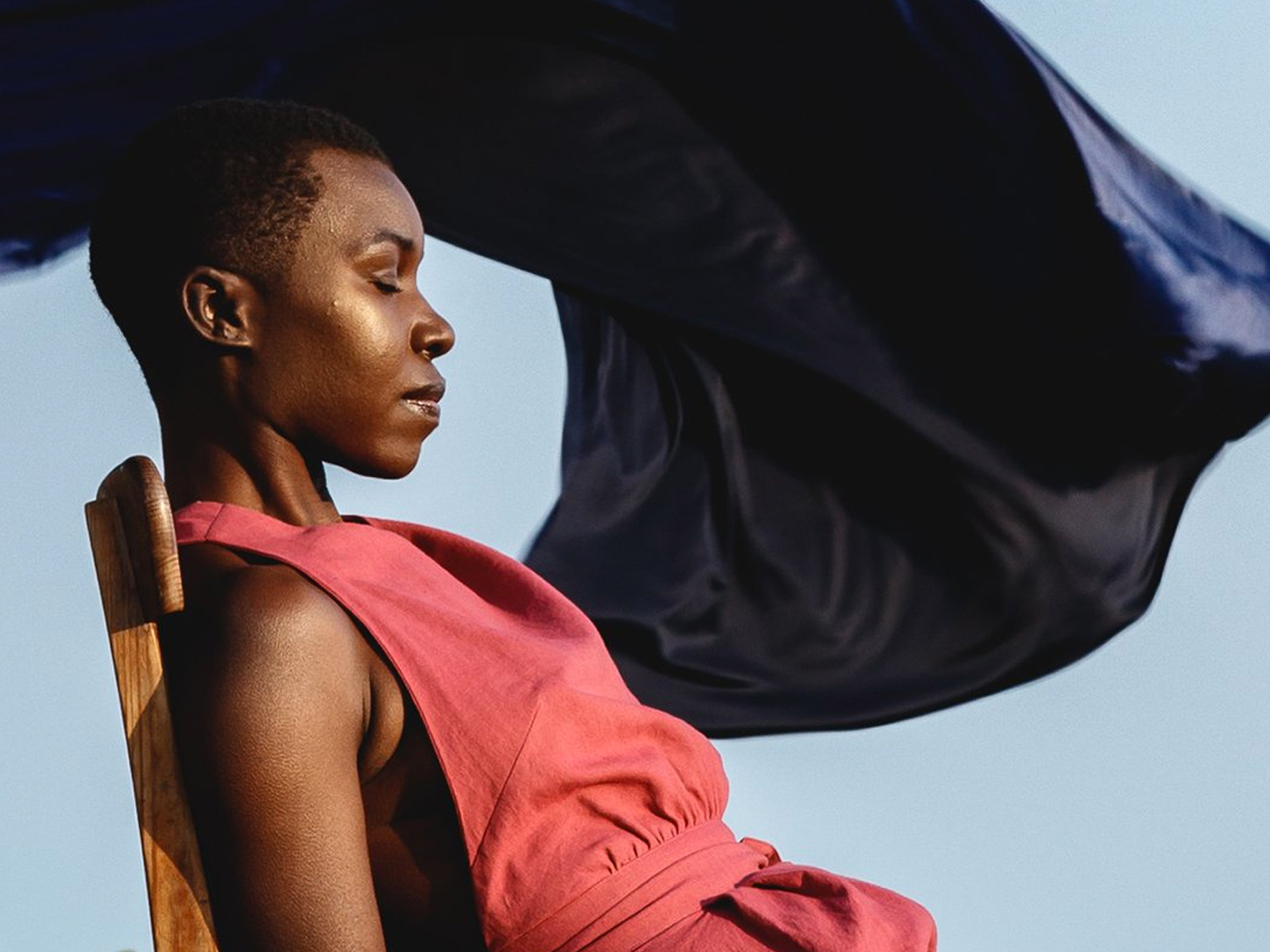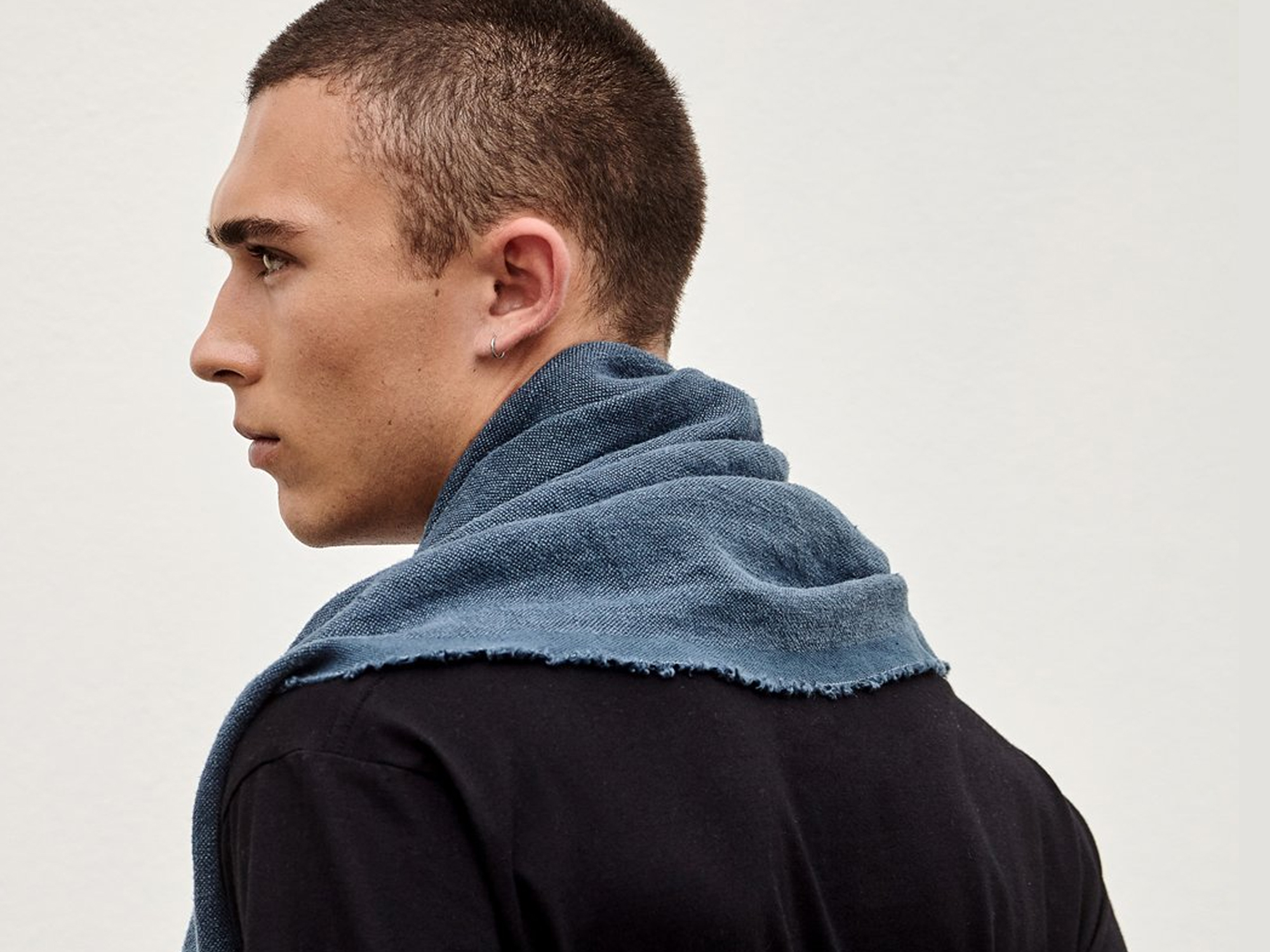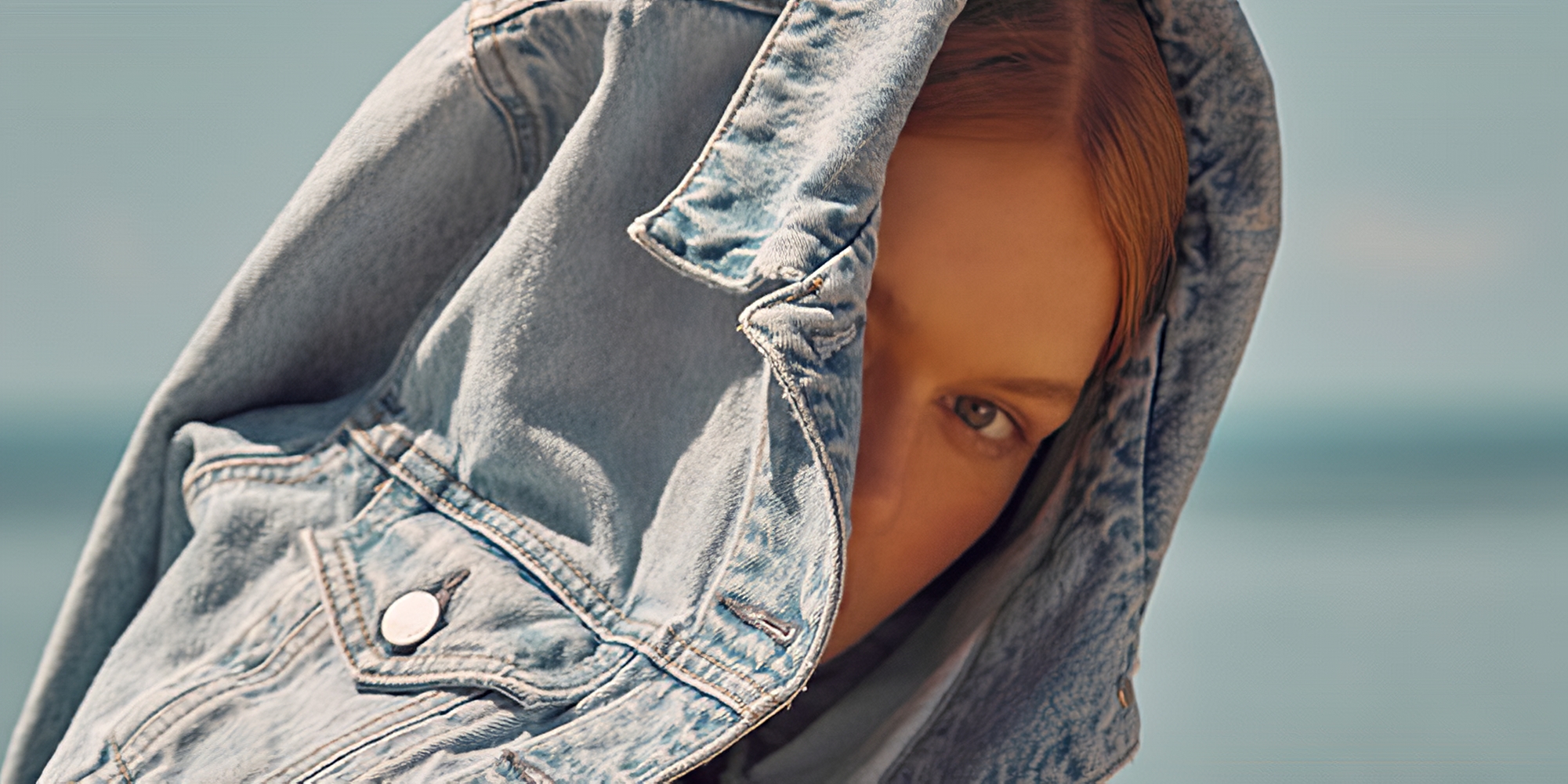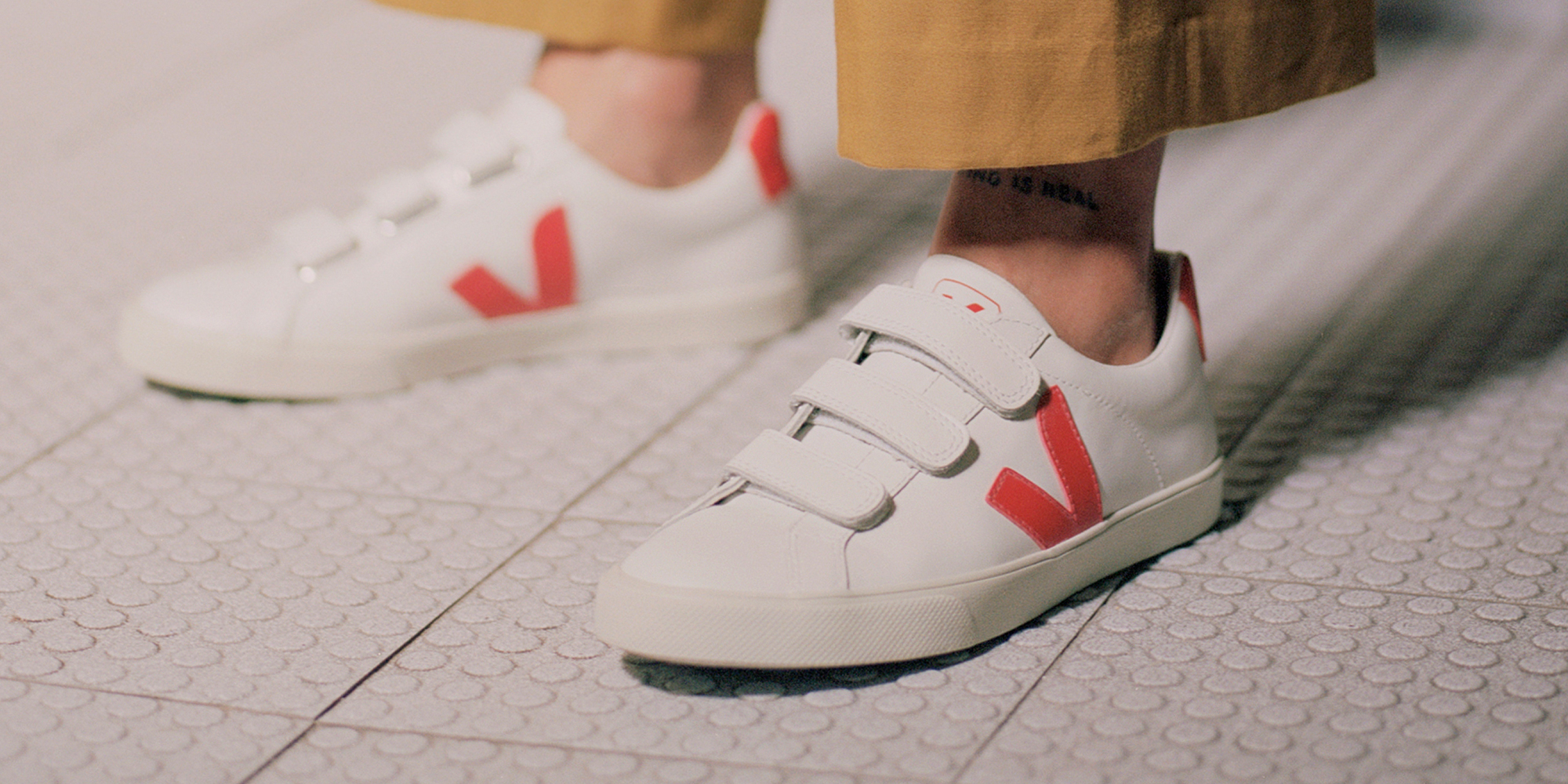Our editors curate highly rated brands that are first assessed by our rigorous ratings system. Buying through our links may earn us a commission—supporting the work we do. Learn more.
If you’re an outdoors fan, you’ve probably come across Columbia Sportswear before. But how ethical is Columbia? Let’s take a look. NOTE: This brand’s rating is under review and subject to change. The article will be updated soon to reflect any changes in scoring.
If you’re an outdoors fan, you’ve probably come across Columbia Sportswear before. The brand was founded in 1938 in Portland, Oregon, initially selling hats. Fifty years later, in 1986, Columbia expanded its market. The launch of its Bugaboo™ parka revolutionised the way alpine skiers dress.
The outdoor gear brand has since grown tremendously, thanks to industry-leading technologies and innovations. Amongst Columbia’s recent highlights is the 2017 launch of its line of “high-quality, eco-conscious gear built for maximum outdoor performance and minimal environmental impact.” The brand even states it is “proud to support initiatives that focus on doing right by the people [it reaches], the places [it touches], and the products [it makes].”
Reading this statement made us wonder, “how is Columbia impacting the planet, people, and animals?” Are Columbia’s products doing right by the people and places it touches? It’s time to answer the question on everyone’s minds: how ethical is Columbia?
Environmental impact
Columbia’s environment rating is “Not Good Enough”, which is a bit of a letdown from a brand that touts products with “minimal environment impact”. The brand uses some eco-friendly materials, including recycled materials and a medium proportion of Bluesign certified fabrics. Unfortunately, we found no evidence Columbia reduces its carbon and other greenhouse gas emissions in its supply chain or minimises textile waste when manufacturing its products.
Labour conditions
None of Columbia’s supply chain is certified by labour standards that ensure worker health and safety, living wages, or other labour rights. While the outdoor gear brand likely publishes information about its supplier policies, audits, and remediation processes, it doesn’t publish a comprehensive list of suppliers or information about forced labour, gender equality, or freedom of association.
It’s also concerning that we found no evidence Columbia ensures payment of a living wage in its supply chain. Plus, the brand didn’t disclose adequate policies or safeguards to protect suppliers and workers in its supply chain from the impacts of COVID-19.
For all these reasons, we rated Columbia’s impact on people “Not Good Enough”.
Animal welfare
Columbia has a formal animal welfare policy aligned with Five Freedoms, and it doesn’t use fur, angora, or exotic animal skin. It does, however, still use leather, wool, and down. And we found no evidence it traces any animal products to the first stage of production. “Not Good Enough”.
Overall rating: Not Good Enough
Overall, we rate Columbia “Not Good Enough”. The American brand has taken some decent first steps, like using innovative and eco-friendly materials, publishing some information about its processes, and having an animal welfare policy. But these initiatives are not enough to warrant a better rating. Columbia needs to reduce its impact on the three key areas of Planet, People, and Animals by reducing its carbon and other greenhouse gas emissions, minimising waste, being more transparent, moving away from animal-derived materials, and paying its workers a living wage.
Note that Good On You ratings consider 100s of issues, and it is not possible to list every relevant issue in a summary of the brand’s performance. For more information, see our How We Rate page and our FAQs.
So, if you’re the type who likes to put a backpack on, tie your hiking shoes, and explore nature’s wonders, but you’re not the type who likes wearing brands that are harmful to the planet, people, and animals, we’ve got you. Keep reading to discover our favourite ethical alternatives to Columbia.

